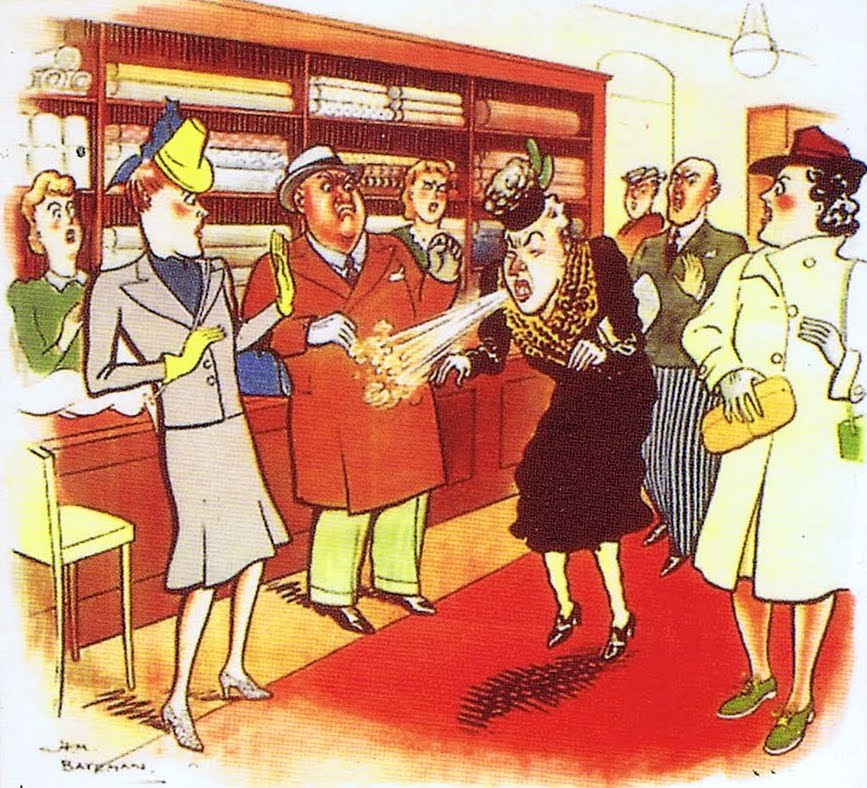【jang nara sex video】
Stuff and jang nara sex videoNonsense
Our Daily Correspondent

An illustration by H. M. Bateman for the Ministry of Health’s WWII-era “Coughs and Sneezes Spread Diseases“ campaign.
Among other things, E. B. White has the distinction of being one of the few writers to really express the misery of seasonal allergies. In “The Summer Catarrh” (1938) he details Daniel Webster’s struggles with hay fever, proclaiming, “there is a fraternity among those who have been tried beyond endurance.”
He exaggerates for effect, of course. Part of the misery of allergies is the knowledge that, generally speaking, they’re as toothless as they are persistent. They’re definitionally endurable—albeit at the expense of that elusive thing, “quality of life.” (“Quality of life,” much like the box we’re supposed to think outside of, seems to be a thing that exists primarily in negative space.) Prescriptions, Claritin, neti pots, humidifiers, special pillow covers: they’re all just panaceas. When you have allergies, you have allergies. To the outsider, it must seem somewhere between hypochondria and a cold—unpleasant, certainly, but mostly just annoying. And it isannoying. It is the least romantic thing in the world. Sniffling, snoring, “itchy, watery” eyes and a malaise that feels like nothing so much as a faint and chronic hangover … these do nothing for the soul at all.
Allergies are a relatively modern malady, the product of industrialization, urban living, and deforestation. Almost any diet craze worth its salt will claim a diminution of symptoms as one of its benefits. If the subject interests you, try Gregg Mitman’s excellent Breathing Space: How Allergies Shape Our Lives and Landscapes.It’s a colorful read—the allergy industry is mind boggling—but also a sobering one, as discussions of pollution and urban planning are inextricably linked with cynical questions of politics and marginalization. (And quite often, the lifelong health effects are very far from benign.)
As a child, I had no patience with my parents’ allergies—their constant sniffling, their inability to smell and taste certain things, their chronic sense of being unwell without ever really seeming sick. When I got older, I suddenly appreciated why they’d had boxes of aloe-soft tissues in every room in the house. I even understood why they moved to Arizona—although that still strikes me as a drastic step.
They, whoever “they” are, say it is a bad year for allergies, but it always seems to be a bad year for allergies. I even forget which the bad seasons are supposed to be, since pollen and ragweed and rotting leaves all seem awful in their own unique ways.
E. B. White, again, has the right idea. As usual, he is magnanimous without mawkishness:
Webster, even though he knew very little about the cause of hay fever, must have found, just as I find, in this strange sensitivity to male dust and earth’s fertile attitude a compensatory feeling—a special identification with life’s high mystery that in some measure indemnifies us for the violence and humiliation of our comic distress that makes up for the unfulfillment of our most cherished dream.





Related Articles